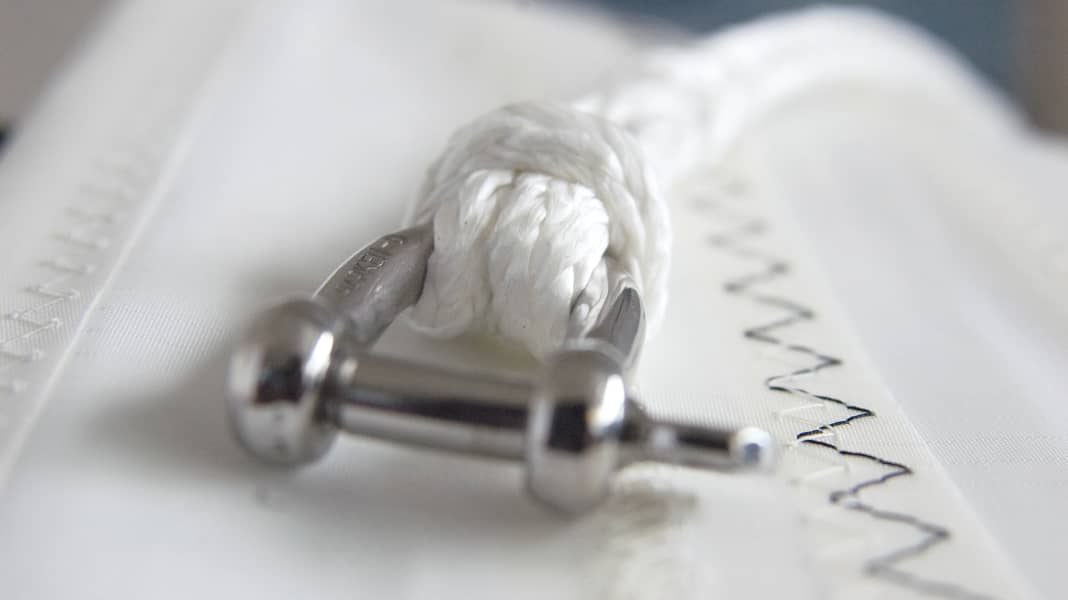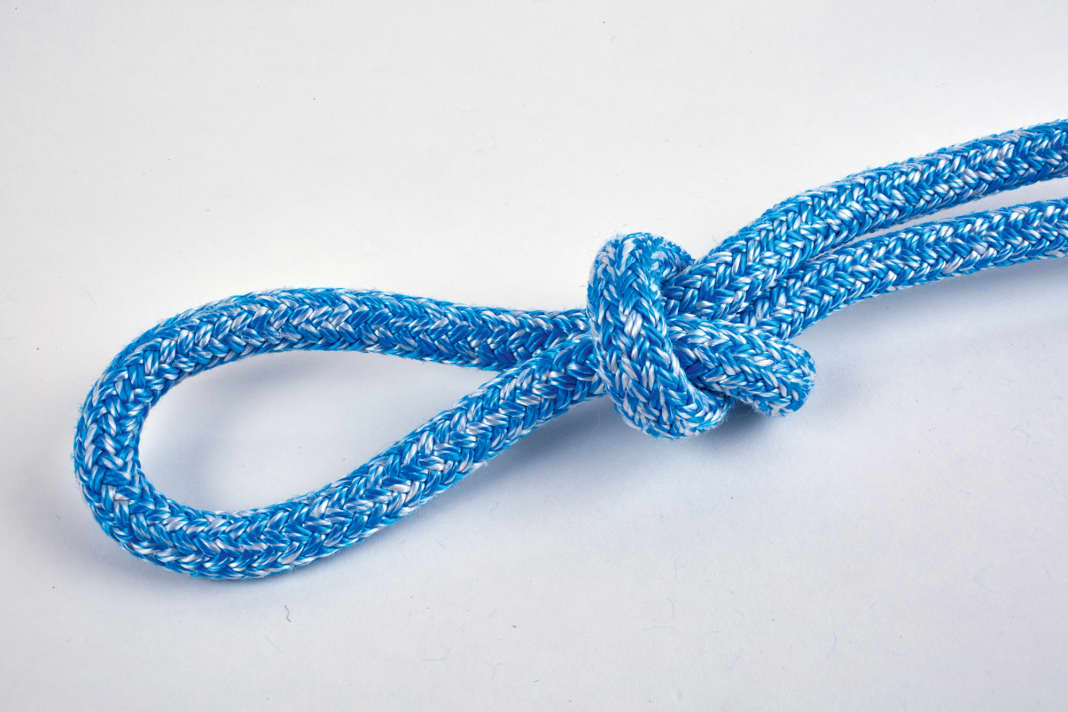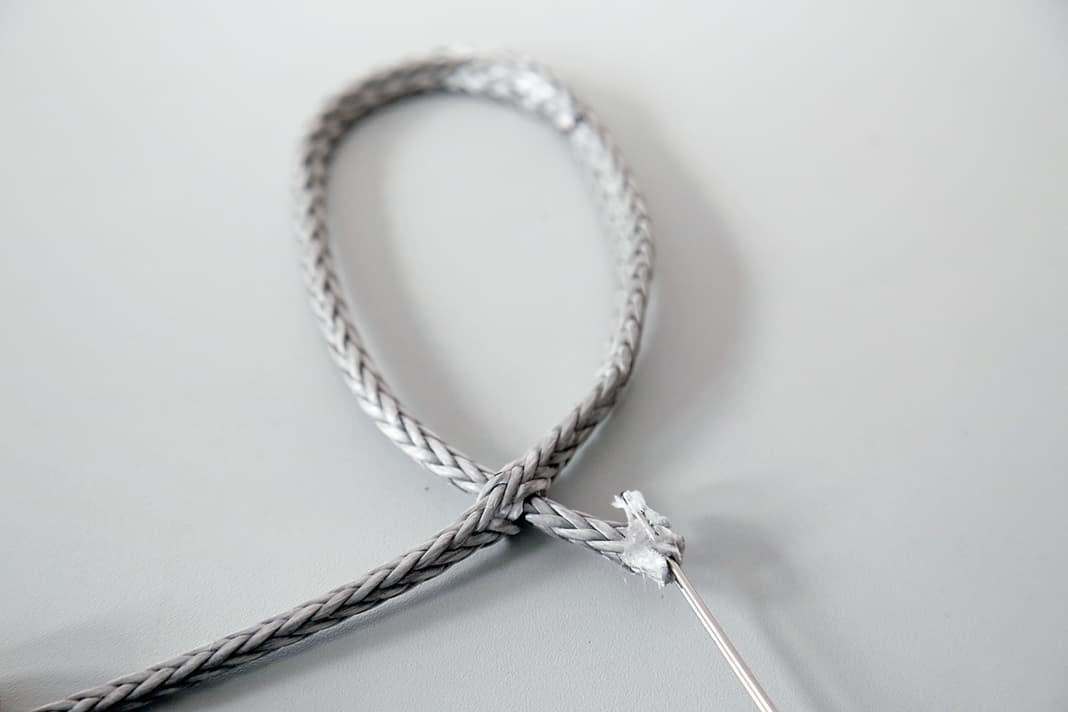
There are few details that show the difference between cruising and racing yachts as clearly as the rigging, even though low-stretch high-tech lines are now also widely used on touring boats. However, while the material on one yacht comes straight off the reel, the other boat features sophisticated rigging work, finely tuned diameters, tapers, protective sheaths, elegant eye splices and lashings. In short: everything you need to get the most out of ropes and fittings.
What many people overlook: This is less about a supposed weight saving of a few grams or a tenth of a knot of speed - and more about the extremely relevant function of the trimming equipment for cruising sailors. The fact that more complex rigging work is still rarely seen on cruising boats is probably due to the fact that many skippers are not aware of the possible optimisations.
Rope adjustments that pay off
For example, with travellers and pivot point adjusters. Their tackles are usually equipped with relatively small deflection blocks. This leaves you with a choice: either the rope diameter is small and glides well through the deflectors - or the line lies well in the hand, which usually requires a larger diameter but runs more poorly through the tackle. Or the line can be tapered to fit.
For core-sheath braids with Dyneema inserts, it is sufficient to partially remove the sheath. There is no need to worry about durability. The high-strength fibre is very UV-resistant and abrasion-resistant thanks to its soapy-smooth surface.
Another reason for using ropes from a reel: professional riggers are rare and expensive. In principle, you should be able to order the rejuvenation of a halyard or a trim line from any sailmaker. However, the work is so time-consuming that it easily doubles the price of a halyard.
The good thing is that most of the steps are not very complicated. With the right instructions, patience and practice, you can do the splices yourself.
Less is more - Rejuvenate lines
The right diameter is usually not a question of breaking load. Instead, ease of running and grip play a role.
Rejuvenating lines step by step






The smaller the deflection radius of a line, the greater the friction losses. This is the case, for example, with highly reduced trim pulleys in traveller systems. The disc size can hardly be changed. It is much more favourable and elegant to start with the cordage and remove the cover in the area of the tackle. As a rule, this reduces the diameter by one to two millimetres and the smooth core runs more easily through the deflections. Depending on the system, a thicker line can even be selected as the starting material, which makes the grip area even easier to hold. The danger here is that the core must not be too thin, otherwise the relatively loose braid can jam in the blocks between the jaw and disc.
Another possible application is tapered gennaker and spinnaker sheets. They save weight, which means the sail stands up better in light winds, and the thinner cores also run better through the blocks. Finally, a fixed eye can be inserted into the stripped rope of the line.
Creating a fixed eye step by step - the Brummel-Lock






